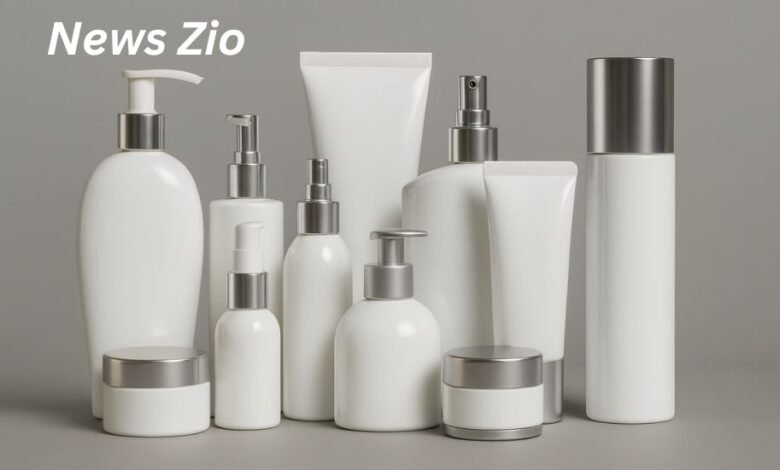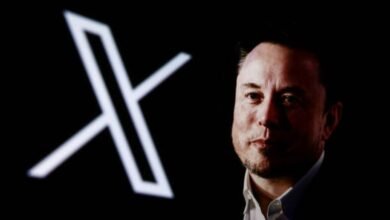Uvlack: A Modern Guide to UV-Cured Coatings

In the evolving world of industrial coatings, printing technologies, and even consumer beauty products, one word has been gaining attention: uvlack. Often spelled as UV-Lack in German (literally “UV lacquer”), the term refers broadly to UV-cured coatings that harden instantly under ultraviolet light. From packaging and wood finishing to nail gels and high-gloss printing effects, uvlack represents a leap forward in how we protect, decorate, and finish surfaces.
This article explores what uvlack really is, how it works, where it is used, and why industries from printing to cosmetics rely on it. We will also discuss environmental, safety, and regulatory considerations, along with its future outlook. By the end, you will see why uvlack is not just a niche technology but an essential part of modern material science.
What Is Uvlack?
The term uvlack (short for UV-Lack) refers to lacquer or varnish systems cured using ultraviolet light. Instead of relying on solvents evaporating or heat-based curing, these coatings undergo photopolymerization when exposed to UV lamps. Within seconds, the liquid transforms into a hard, durable film.
Uvlack is popular because of its:
-
Fast curing speed – seconds instead of minutes or hours.
-
Durability – strong resistance to abrasion, chemicals, and moisture.
-
Versatility – ability to create gloss, matte, textured, or spot finishes.
-
Eco benefits – many formulations are solvent-free or low-VOC.
While the term began in German print and packaging industries, it has spread globally and is now synonymous with high-performance UV coatings.
How Uvlack Works: The Science of UV Curing
At the core of uvlack technology is UV curing, a process where ultraviolet light activates photoinitiators in the coating. These molecules absorb UV energy and release reactive species that trigger rapid polymerization. The result: a cross-linked, solid film with superior strength.
The Process:
-
Application – Uvlack is applied as a thin liquid coating onto the surface (paper, wood, plastic, nails, etc.).
-
Exposure – The coated substrate passes under UV lamps (mercury vapor or LED-UV).
-
Curing – In seconds, the coating hardens fully, leaving a solid, durable surface.
Why It’s Revolutionary:
-
No ovens or long drying lines needed.
-
Energy-efficient compared to thermal curing.
-
Consistent quality, since curing is immediate and uniform.
This “instant transformation” has made uvlack indispensable in fast-moving industries like printing and packaging.
Industrial Applications of Uvlack
1. Printing and Packaging
Perhaps the most famous use of uvlack is in the printing sector. Printers apply it for:
-
Spot UV effects – only specific areas of a design are coated for contrast.
-
Flood UV coating – covering the entire sheet for high-gloss protection.
-
Tactile finishes – raised or textured patterns for luxury packaging.
Think of glossy magazine covers, elegant cosmetic boxes, or premium business cards – many owe their finish to UV-lack technology.
2. Wood and Furniture Finishing
In furniture manufacturing, uvlack provides:
-
Scratch-resistant and stain-proof coatings.
-
Glossy or matte wood finishes.
-
Long-lasting protection against moisture and chemicals.
It is especially valued in kitchen cabinetry and flooring, where resistance is crucial.
3. Electronics and Plastics
Many electronic housings and automotive plastics are coated with UV lacquers. Benefits include:
-
Resistance to daily wear.
-
Attractive gloss or matte looks.
-
Protection against environmental degradation.
4. Beauty and Cosmetics (Nail Gels)
A growing consumer use of uvlack is in UV-cured nail polishes and gels. These products rely on the same principle: liquid gel polish hardens under UV lamps, creating a durable, chip-resistant finish. However, this area has drawn safety debates (see later section).
Advantages of Uvlack Over Traditional Coatings
| Feature | Traditional Lacquer | Uvlack (UV-Cured) |
|---|---|---|
| Cure time | Minutes to hours | Seconds |
| Energy use | High (ovens, heat) | Moderate (UV lamps) |
| Durability | Moderate | High (scratch, chemical, water resistant) |
| VOC emissions | Often high | Low/zero solvent |
| Finish options | Gloss/matte | Gloss, matte, spot, tactile, relief effects |
Uvlack not only saves time and costs but also delivers performance enhancements that conventional lacquers struggle to match.
Environmental & Health Considerations
1. Low VOC Advantage
Traditional solvent-based lacquers release volatile organic compounds (VOCs) harmful to both workers and the environment. Uvlack formulations often use 100% solids (no solvents), making them more sustainable.
2. Energy Efficiency
Since UV curing takes seconds, it reduces production line lengths and energy use compared to hot-air drying ovens.
3. Worker Safety
While less solvent-heavy, UV curing requires careful handling:
-
UV lamps emit radiation harmful to skin and eyes if not shielded.
-
Some photoinitiators can be irritants or sensitizers.
Protective gear and ventilation are essential.
Regulatory Updates: Spotlight on Cosmetics
In industrial uses, uvlack is well-established and regulated. But in cosmetics, it has raised concerns.
-
EU Ban on TPO Photoinitiator: The EU has banned trimethylbenzoyl diphenylphosphine oxide (TPO), a common nail gel ingredient, effective September 1, 2025 due to reproductive toxicity in animal studies.
-
U.S. Stance: The U.S. continues to allow TPO in nail gels, though dermatologists warn about UV exposure during manicures.
-
Safety Advice: Experts recommend applying sunscreen on hands before UV manicures or using protective gloves.
This regulatory divide highlights the need for safer photoinitiators in consumer beauty applications.
Misconceptions About Uvlack
1. Is It the Same as “Ultra-Black”?
Some blogs confuse uvlack with “ultra-black” coatings like Vantablack. While both involve specialized surface treatments, uvlack refers to UV-cured lacquers, not light-absorbing materials.
2. Is It Always Glossy?
No – uvlack can be formulated for matte, satin, or even textured finishes.
3. Is It Only for Printing?
Not at all. While printing popularized it, industries from furniture to electronics use UV lacquers extensively.
The Future of Uvlack
LED-UV Curing
One of the biggest trends is the shift from mercury vapor UV lamps to LED-UV systems. Benefits include:
-
Lower energy use.
-
Instant on/off (no warm-up).
-
No mercury (environmental plus).
Safer Photoinitiators
With the EU crackdown on TPO, researchers are developing safer alternatives for both industrial and cosmetic uses.
Expanding Applications
Expect to see uvlack in:
-
3D printing coatings for strength and aesthetics.
-
Medical devices requiring biocompatible finishes.
-
Smart packaging with tactile and security features.
Conclusion
Uvlack, or UV-cured lacquer, is more than just a coating—it is a technology transforming industries. From glossy magazine covers to durable furniture finishes and even long-lasting manicures, its speed, durability, and eco-friendliness make it a preferred choice worldwide.
As environmental regulations tighten and industries demand efficiency, uvlack will continue to expand. Whether in industrial halls or beauty salons, UV curing represents the future of protective and decorative finishes.
For more in-depth insights into innovations like this, visit News Zio, where we bring you the latest updates on technology, materials, and industry trends.



